Humans have used various cooking vessels for tens of thousands of years, and by the Bronze Age even were using crudely formed copper skillets. Since then, those early pots and pans have evolved not only in quality, but also utility. Over the millennia, people crafted countless specialized pans designed to work well with local ingredients and cooking styles, as well as cater to specific recipes.
Here are a few particularly interesting examples from around the world:
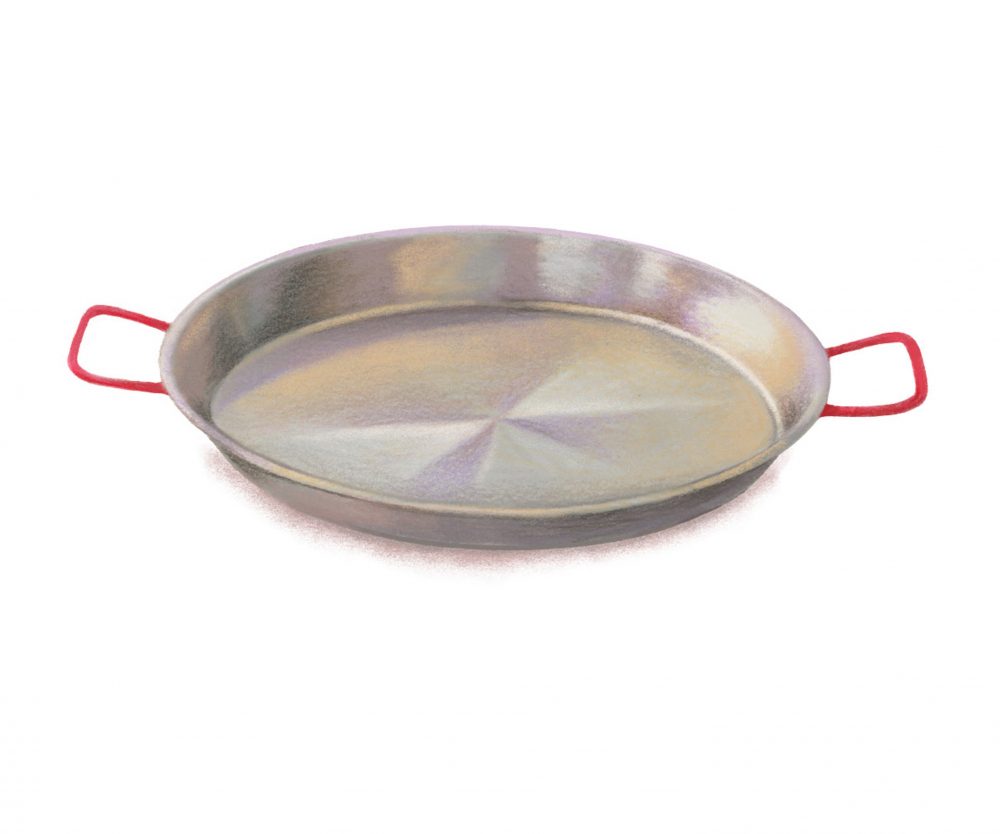
Paella
Spain’s iconic rice dish takes its name from the wide, shallow pan in which it is cooked (also called a paellera). Originating in Valencia, paella traditionally is hearty fare made with short-grain rice, tomatoes, beans, onions and snails; modern versions often feature saffron, seafood, chicken or rabbit. The pan’s wide, shallow design helps liquid cook off while creating ample surface area for the rice to brown and crisp, a signature taste and texture of paella known as socarrat.
Cataplana
Traditional Portuguese cataplana stew—a mix of seafood, meats and vegetables—gets its name from the ball-like copper vessel used to cook it. The clamshell-shaped pot doubles as a simple pressure cooker, historically used by fishermen and hunters to quickly cook the daily catch. Typically made from copper, the closed vessel locks in flavors to create richly aromatic stews. Its curved base, similar to a wok, is best suited to gas stoves and open flames.
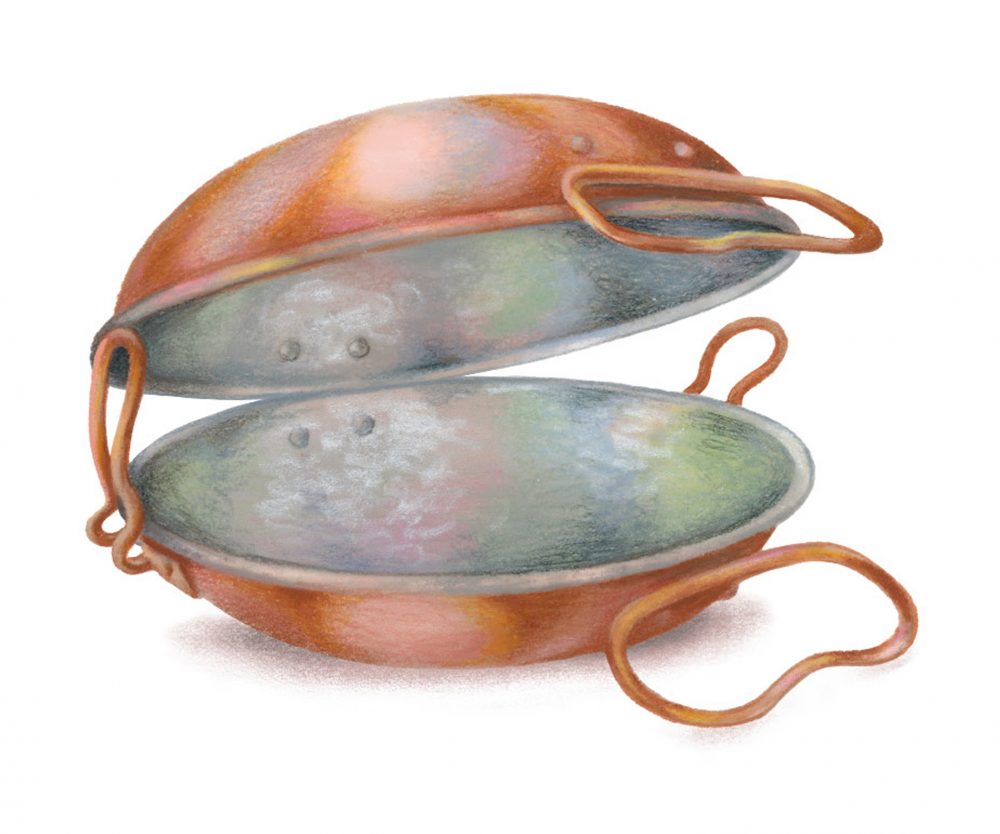
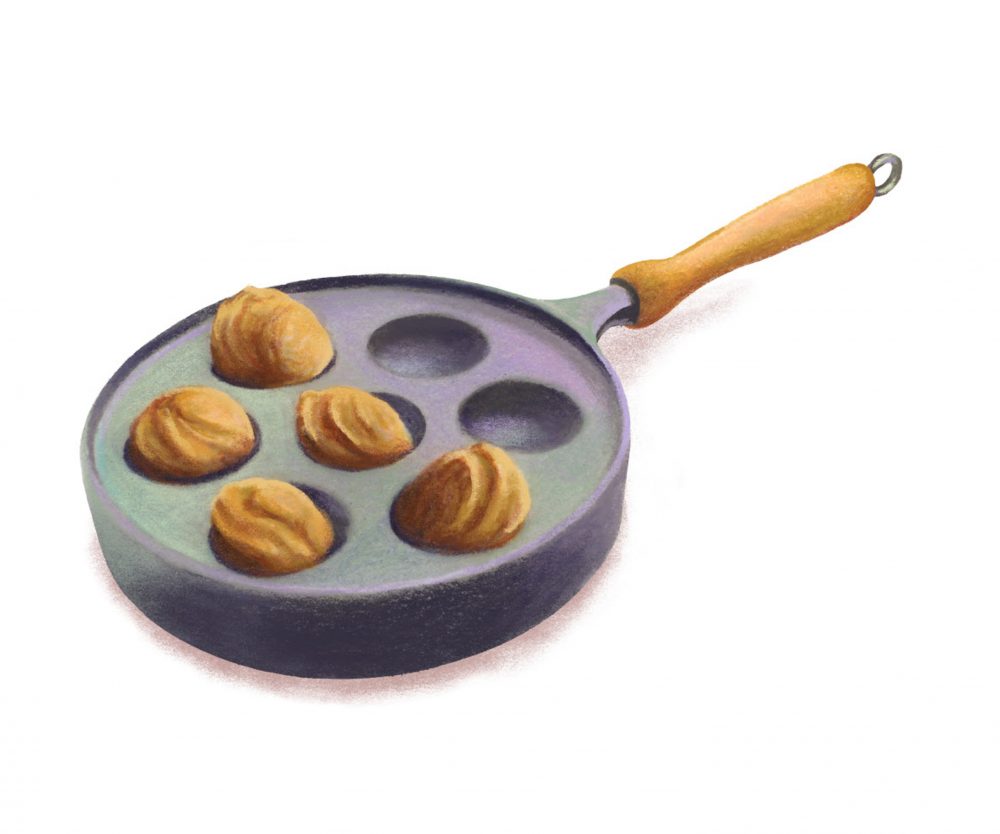
Æbleskiver
The airy, stuffed pancakes known as æbelskiver are a classic Danish treat made in a cast-iron or aluminum pan covered with indentations. Batter and fillings are added to each well, then gently flipped with skewers to cook until crisp and golden. While the pan and the pancakes are named for the traditional filling (“apple slices”), jam is a common choice today.
Idli Steamer
This specialized steamer is used to make South Indian idli, savory cakes of fermented rice and lentils. Whether it’s the traditional brass version or the modern stainless steel variety, each consists of a stand with removable tiers enclosed inside the vessel. The tiers have wells for the fermented rice and lentil batter, with holes to allow steam to circulate. Steamed until fluffy, idli commonly are served with sambar (a lentil stew) and coconut chutney.
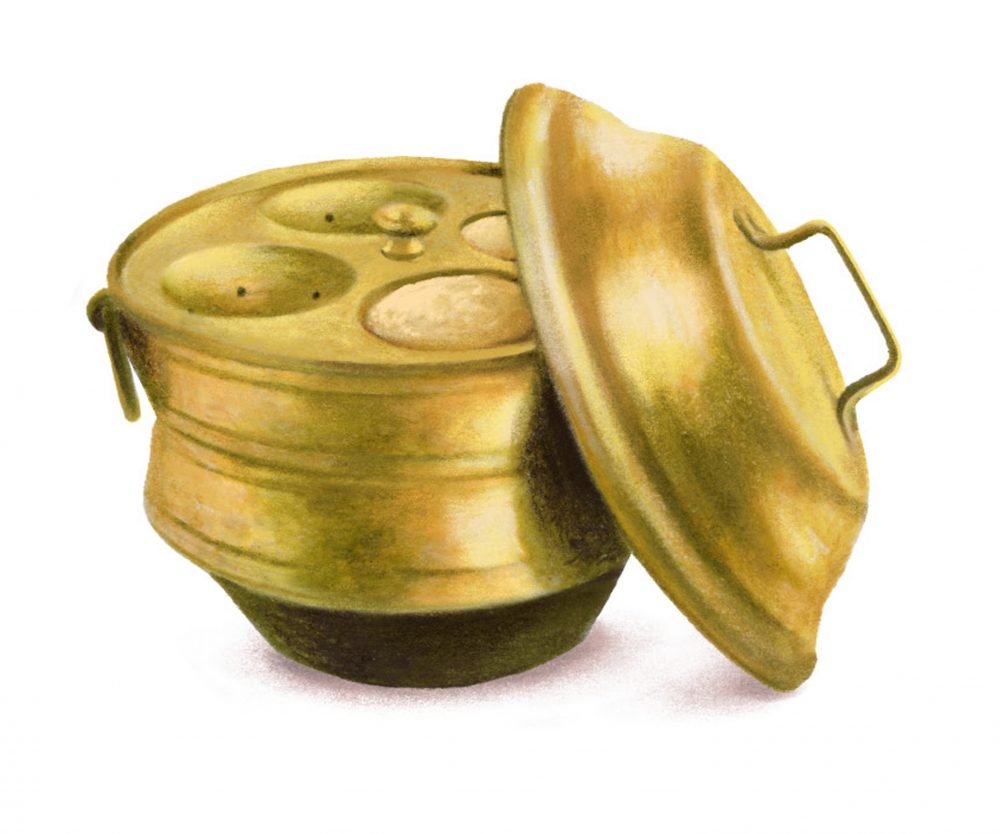
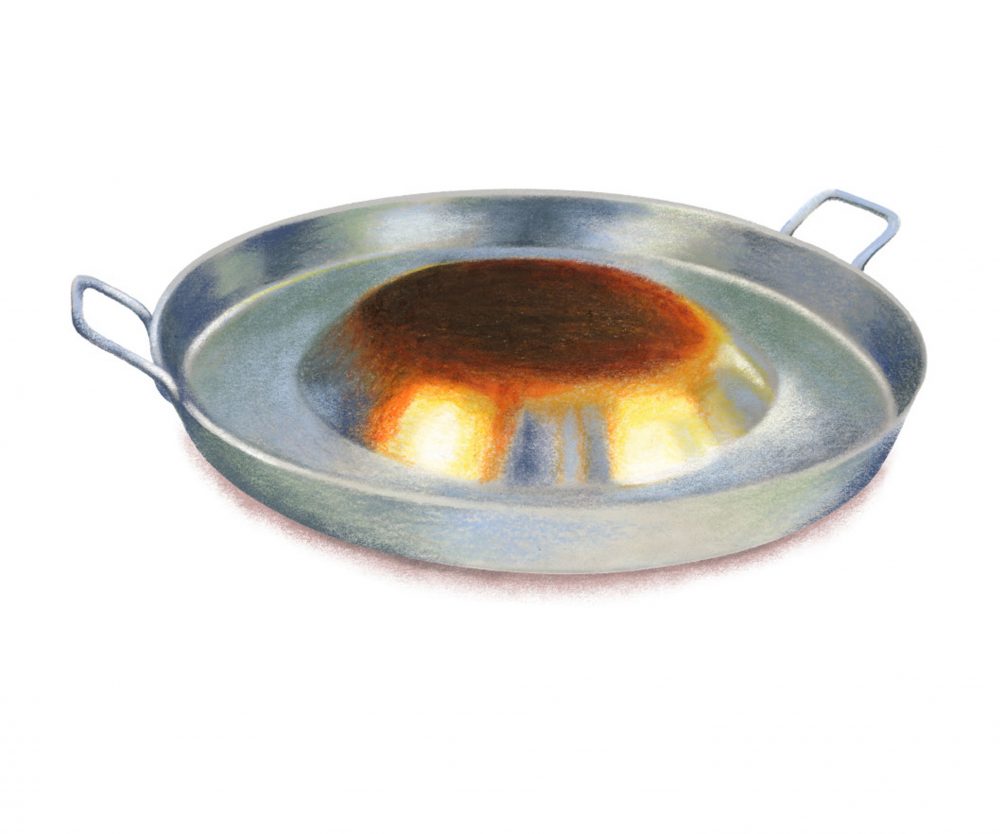
Comal Bola
Mexico’s comal bola is a round metal pan with a convex domed center, a design that creates two distinct cooking areas. The outer ring serves as a sizzling cooktop for searing meat and vegetables, while the raised interior provides gentler heat for warming tortillas or cooking more delicate ingredients. Invert the comal bola and the center becomes concave, ideal for frying. Usually made of stainless steel, the pans can be used on the stovetop, but are more common in outdoor grilling.






